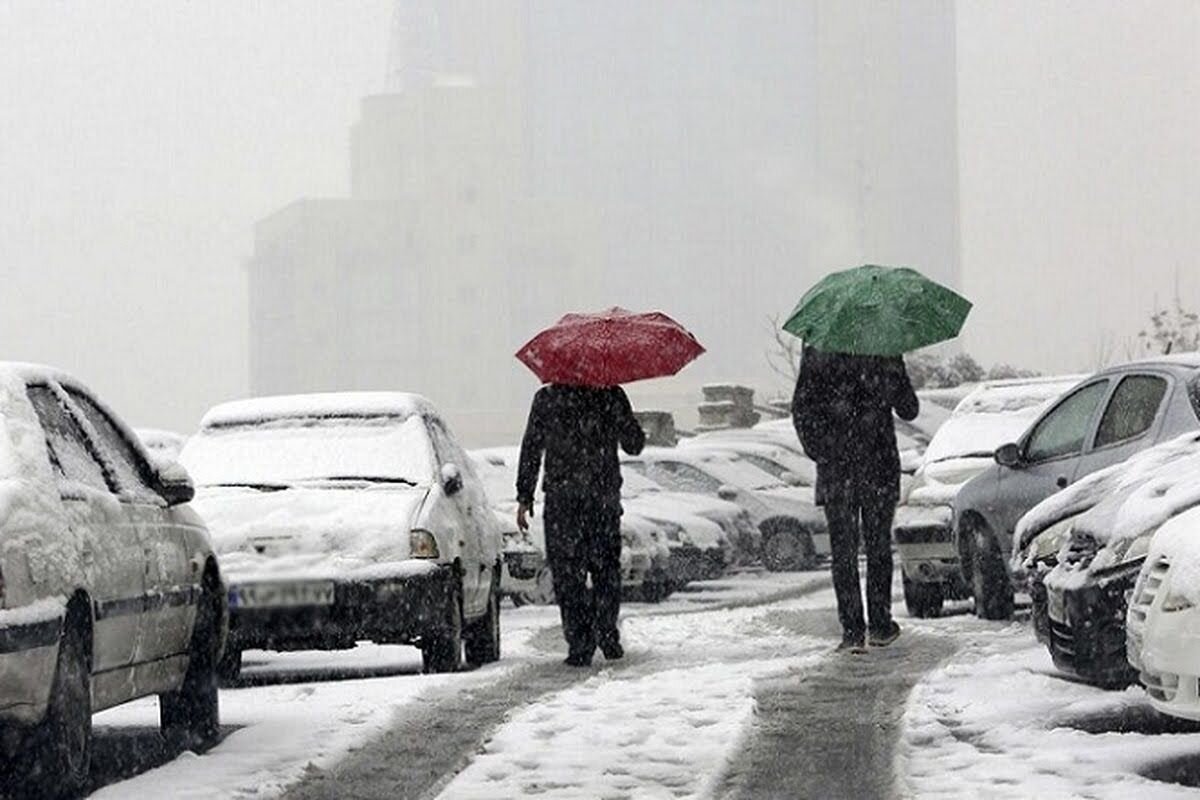Precipitation still facing deficit despite recent rainfalls

TEHRAN – The country is still facing a deficit in precipitation of more than 43 percent compared to normal conditions despite recent rainfalls, the Meteorological Organization has said.
Iran is going through the fourth year of drought and has not recorded much rainfall in the current water year (beginning in autumn).
According to the Meteorological Organization, an average of 6.4 mm of rain has been recorded in the country from January 7 to February 3, while the long-term average rainfall during this period is 9 mm, so the country has received 28.7 mm less rain.
In the first two weeks of the current month, January 21 to February 3, the country's average rainfall was 16 mm, but the figure for the long term is 16.2 mm, which shows a 0.2 mm decrease in precipitation.
From the beginning of the current season, December 22 to February 3, the country has received an average of 27.1 mm of rain which is 44.3 mm less than its long-term average of 48.6.
From the beginning of the current Iranian calendar year, started on March 21, 2023, to February 3, an average of 60.4 mm of rain of has been recorded in Iran, which is 43.9 mm less than the long-term precipitation, 107.7 mm.
Only four provinces received more than normal rain during this period. In the current Iranian year, Ardabil has received an average of 124.3 mm of rain. So it has experienced an increase of rainfall of around 5.6 mm compared to 118.7 mm rainfall in the long term.
North Khorasan has also received an average of 91 mm of rain so far. Compared to long-term average rainfall (87.7), it has received 3.3 mm more rainfall.
According to records, the amount of precipitation in Golestan has been 208.2 mm in the same period. The figure shows an increase of 17.6 mm in comparison with the average rainfall recorded for this province in the long term, 190.6 mm
The average rainfall in Mazandaran has been 303.9 mm, recording an increase of 2.4 mm compared to the long-term rainfall (301.6 mm).
On the other hand, the province of Kohgiluyeh-Boyerahmad has set the lowest rainfall record (217.2) compared to average long-term precipitation (404.9); that is 187.7 mm below average rainfall.
Disrupting rainfall
Climate change rather than regional factors is responsible for disrupting rainfall patterns in the country, Darioush Gol-Alizadeh, head of the national center for weather and climate change affiliated with the Department of Environment, has said.
He made the remarks on Wednesday in the first scientific seminar on the role of probable factors in lowering the volume of rainfalls in the country.
“Climate change and air pollution are closely interlinked. Air pollution can lead to an increase in greenhouse gases on a macro level, as in the first half of the year, we are often dealing with sand and dust storms,” he added.
In December 2023, the Department of Environment (DOE) asked its subsidiaries to carry out a detailed study on climate change and its causes due to the decrease in annual precipitation, particularly this year.
Despite the Meteorological Organization’s forecasts that there would be adequate autumn rainfall, the amount of rainfall reported has been very low, IRNA reported.
Ali Salajeqeh, head of DOE, asked the Office for Marine Environment and Wetlands, the National Climate Change Research Center, and the Environmental Research Institute to cooperate and investigate the causes of low rainfall this year.
Climate change
In recent years, the issue of climate change has even become one of the major political issues of the world so the United Nations and many other governments have gotten involved in this issue.
Thanks to the climate change, the air temperature has increased. Warmer temperature increases the rate of evaporation, a good example of which is the Caspian Sea's reduced volume of water.
On the other hand, there has been a noticeable decrease in the amount of snowfall in the country and a change in the pattern of precipitation from snow to rain can be seen. But the total amount of rainfall has decreased as well.
Climate change has already inserted many harmful effects on our country, and if we do not take steps to adapt ourselves to the consequences of this phenomenon and observe environmental principles, in the future, more dangerous consequences will surely plague Iran and make the conditions more unfavorable for human, animal, and plant species.
Drought in past 3 years
According to the data released in September by the Meteorological Organization, most parts of the country were affected by moderate to severe drought over the past three crop years.
Only some provinces did experience normal precipitation.
The crop year, from September 23, 2022, to September 22, 2023, recorded a cumulative rainfall of 188.8 mm, a 6.2 percent increase compared to 177.7 mm in its preceding year.
However, in comparison to 236.1 mm long-term rainfall, the figure shows a 20.1 percent decrease.
Also, the cumulative rainfall of the country reached 180.4 mm in the crop year from September 23, 2021, to September 22, 2022, which showed a 23.3 percent increase compared to the previous year.
It was 23.9 percent less than the long-term cumulative rainfall which was 237.1 mm.
In the crop year from September 23, 2020, to September 22, 2021, the precipitation reached 143.4 mm, showing a 50.8 percent decrease compared with 291.7 mm in the previous year and 39 percent less than the long-term rainfall which was 235.2 mm.
MT/MG
Leave a Comment